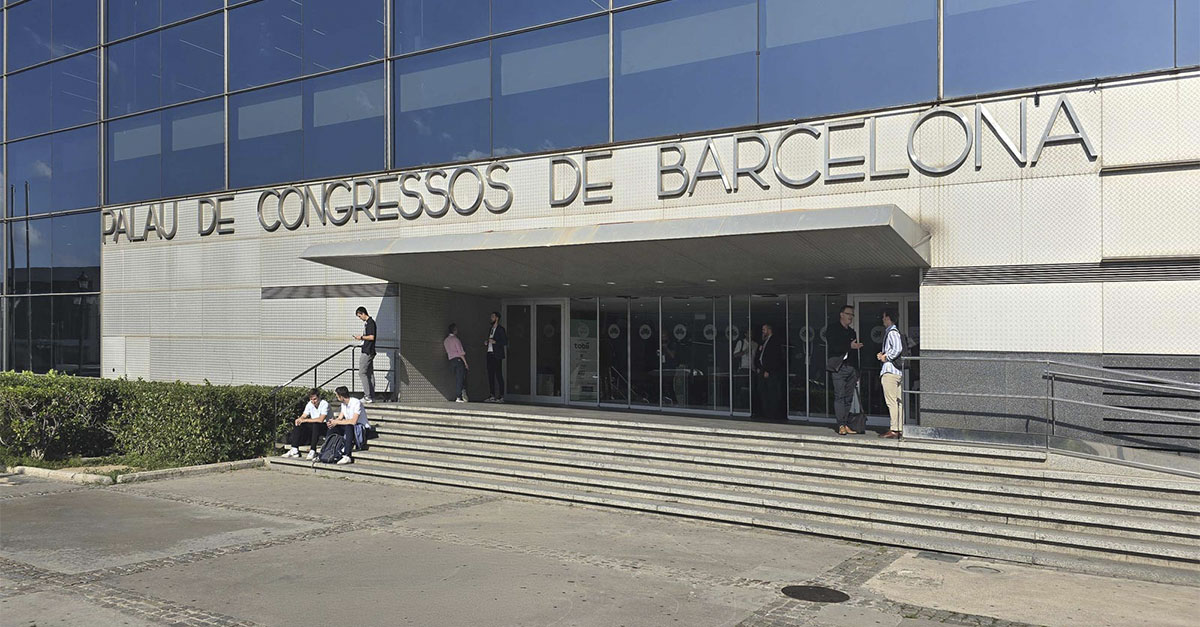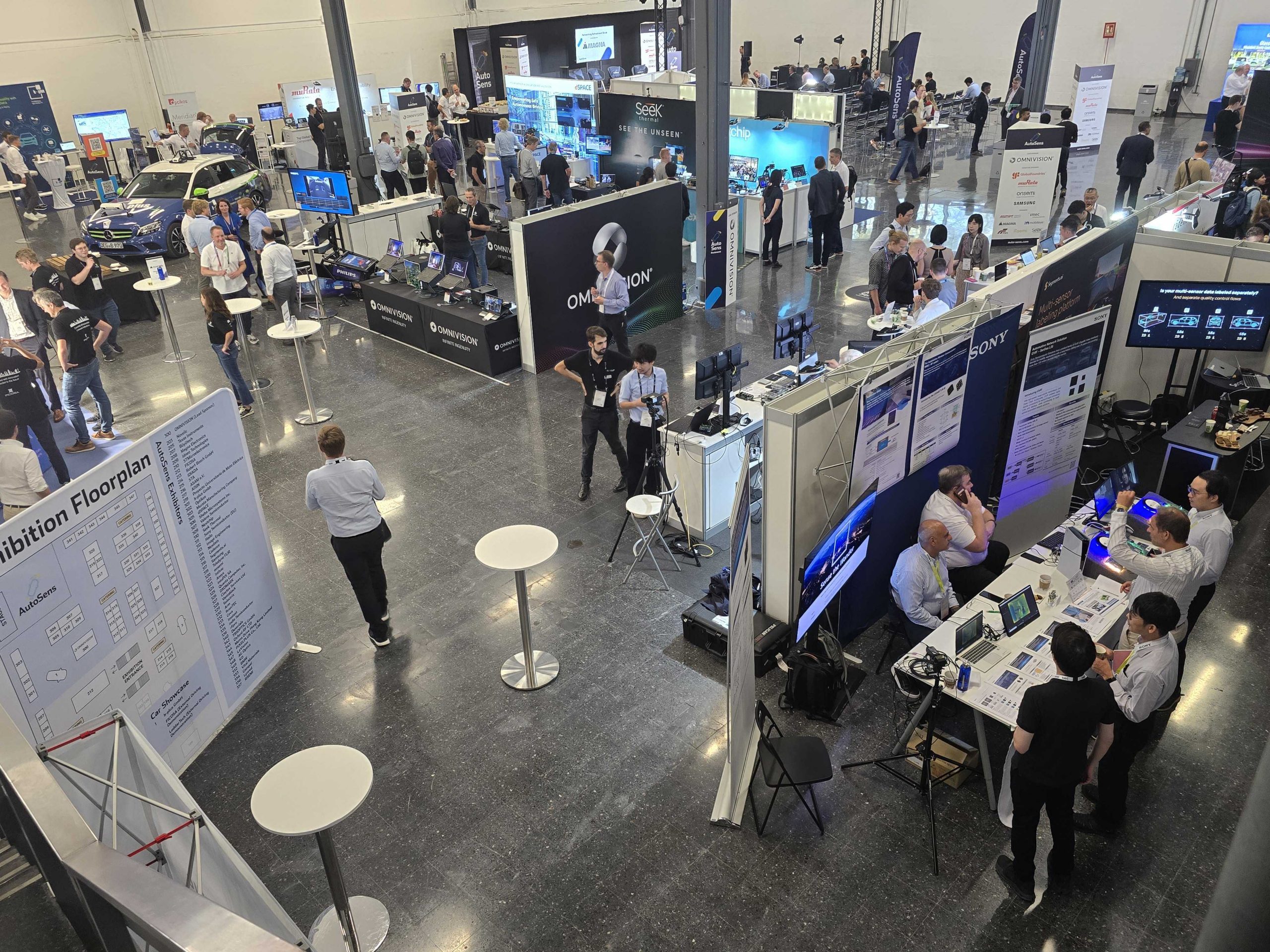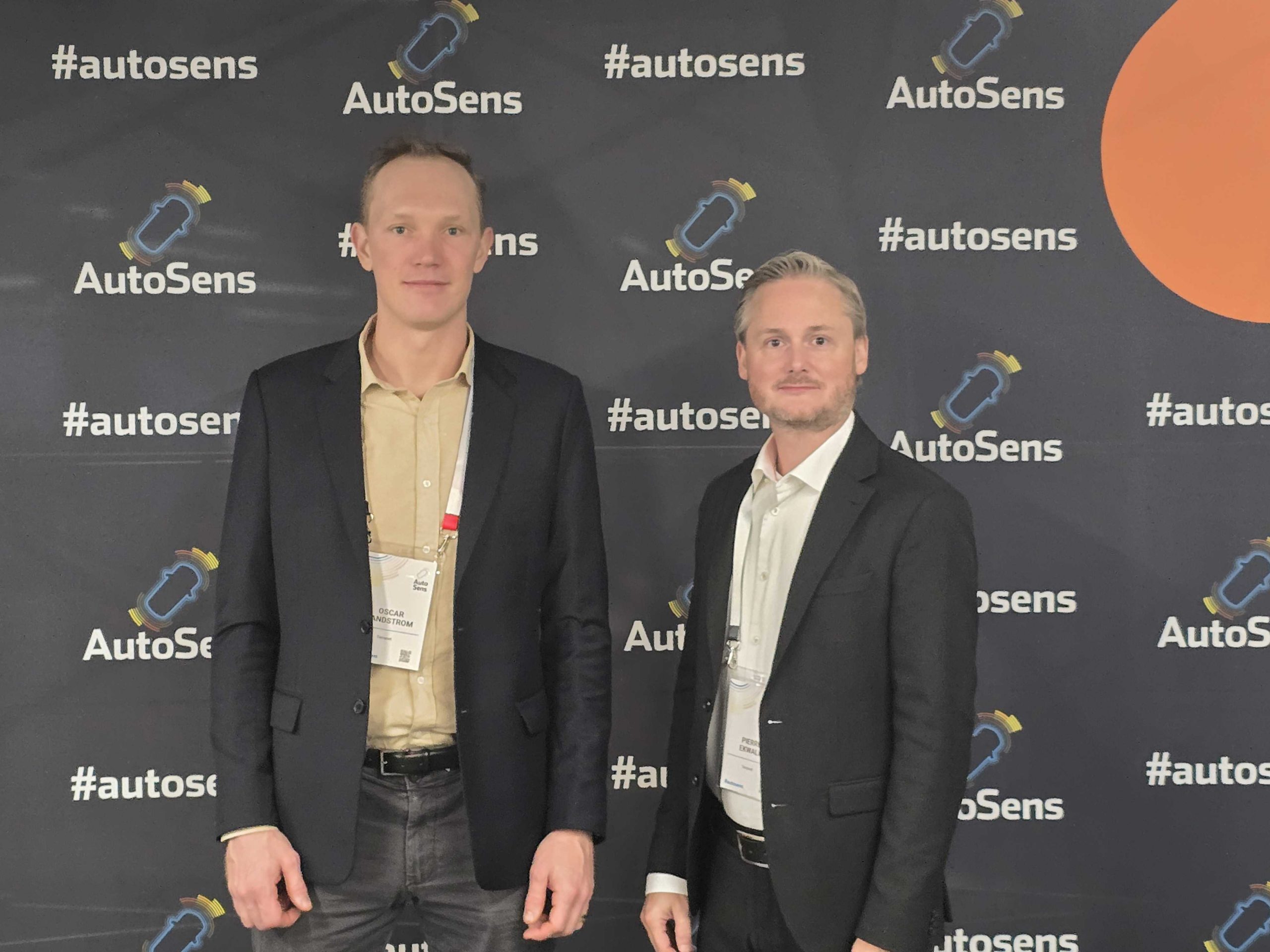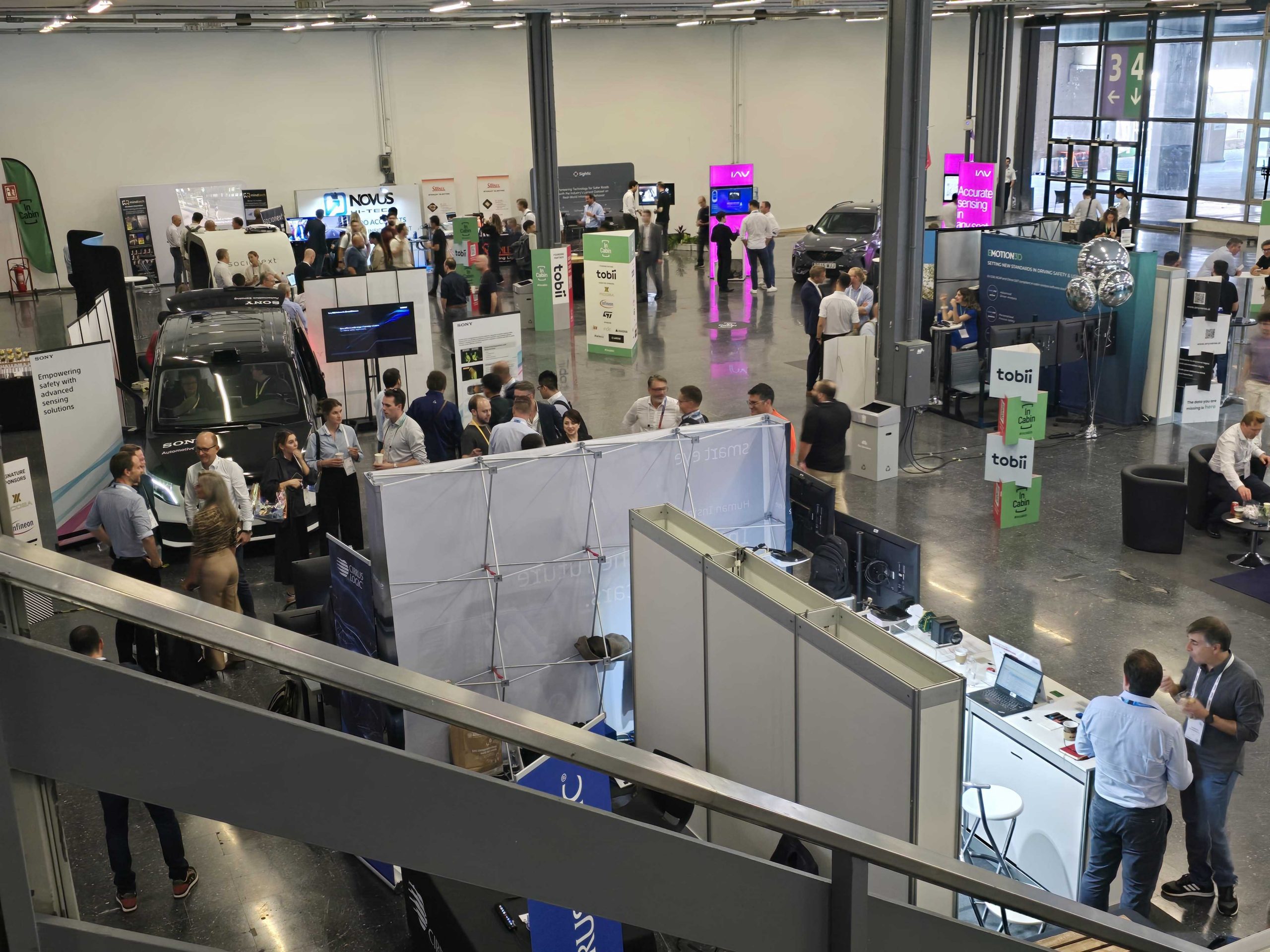AutoSens in Barcelona, held from October 10-12, is one of the leading conferences for advanced sensor technology. Our colleagues Pierre Ekwall and Oscar Sandström were on-site, connecting with industry experts and bringing back valuable insights into the latest developments and trends.
Combining AI and deterministic methods for safer driving
One of the key topics was how to balance AI with traditional, rule-based methods in sensor technology. With the rapid pace of technological development, the challenge of finding the right combination of AI and rule-based methods is more relevant than ever. AI learns from data to handle complex situations, while traditional methods follow set rules for predictable outcomes. AI has brought impressive advances in vehicle sensing and decision-making for systems like ADAS (Advanced Driver Assistance Systems) and self-driving cars. These models have achieved performance levels we haven’t seen before. However, AI isn’t flawless, and when it struggles in certain situations, the typical solution is to add more data to train the model. This raises two questions: How do you know when the problem is really fixed? And how can you prove it when it’s hard to fully understand what’s happening inside the AI system?
On the other hand, deterministic methods rely on a set of fixed rules that tell the system exactly how to behave in specific situations. This means that the system will always produce the same outcome when faced with the same conditions. However, these methods can only handle situations that have been accounted for in advance, so they can’t adapt to new or unexpected scenarios.
The general view is that combining AI with deterministic methods offers a more robust system. AI offers flexibility for complex situations, while deterministic models make safe and consistent decisions in familiar scenarios. Together, they provide a more adaptable and reliable solution for real-world driving challenges.
The importance of data-sharing standards in smart infrastructure
One key challenge in developing future smart infrastructure is ensuring reliable and accurate data-sharing between vehicles and external systems like traffic lights, cameras, or even roadwork notifications. Vehicle-to-everything (V2X) communication allows cars to interact with their surroundings, but there’s a critical need to trust that the data being shared is accurate and timely. This raises the question: who is responsible for ensuring the correctness of that data?
While there are established standards for how data should be transmitted between vehicles and infrastructure, questions still remain. What exactly should be shared, and who is accountable for ensuring the data’s accuracy, are both open issues. This gap in responsibility is crucial, especially when dealing with real-time traffic information that could affect safety, such as alerts for roadwork or congestion.
Countries like China are currently ahead of the U.S. and Europe in developing these systems. However, as Terranet keeps a close watch on these developments, it’s clear that ensuring our technology remains compatible and relevant in future smart infrastructure is a top priority. BlincVision is designed with these advancements in mind, making sure it continues to meet the evolving demands of connected vehicles and infrastructure.
Although V2X communication technology is already here, the real challenge lies in setting clear standards for data accuracy and accountability. Solving this will be key to unlocking the full potential of smart infrastructure and ensuring safety on the roads for everyone.
Paid updates for ADAS features: a growing trend When it comes to ADAS (Advanced Driver Assistance Systems), paid updates are becoming a significant source of revenue for automakers. Like how we buy apps for our smartphones, drivers can now purchase additional features or upgrades for their vehicles. These upgrades often focus on ADAS-related functions like hands-free driving, adaptive cruise control and automated emergency braking.
It’s estimated that up to 80% of automakers’ profits from these paid updates come from ADAS-related services. * Looking ahead, ADAS services are expected to continue growing, with predictions that the market for ADAS calibrations and updates will become a multi-billion dollar industry by 2030.
This shift is crucial for automakers, as consumers show increasing interest in having flexible options like subscriptions or pay-per-use models for these advanced features.
*S&P Global Mobility, presentation at AutoSens 2024



